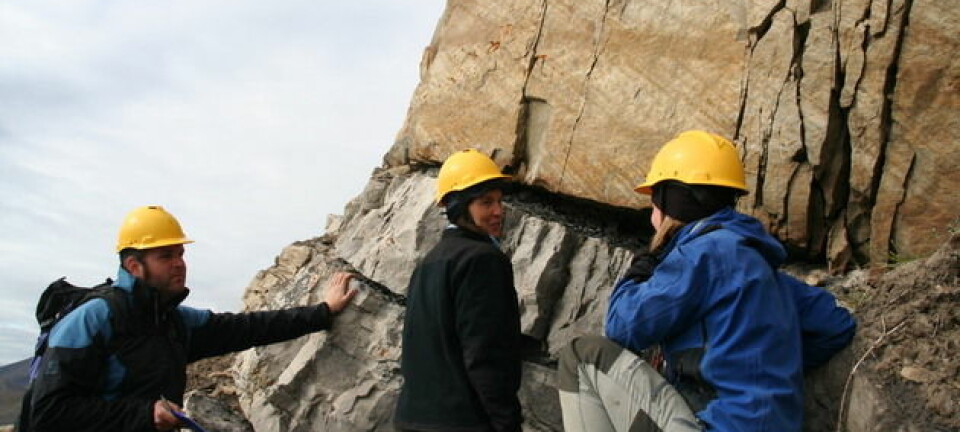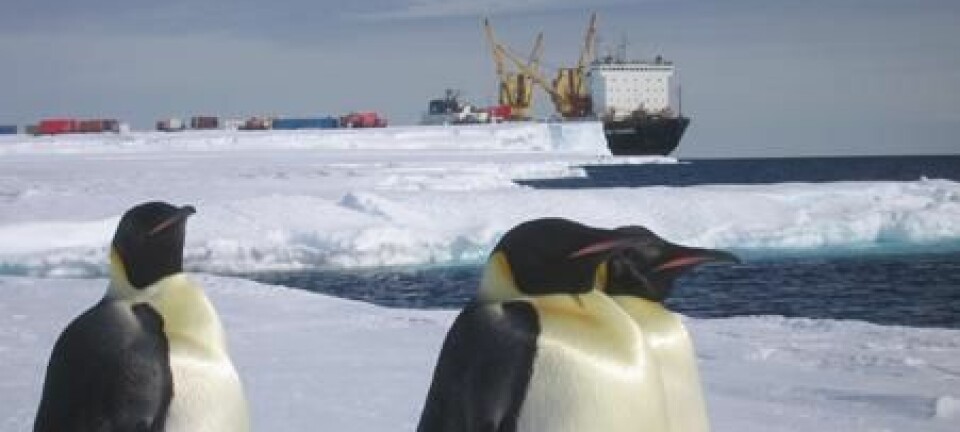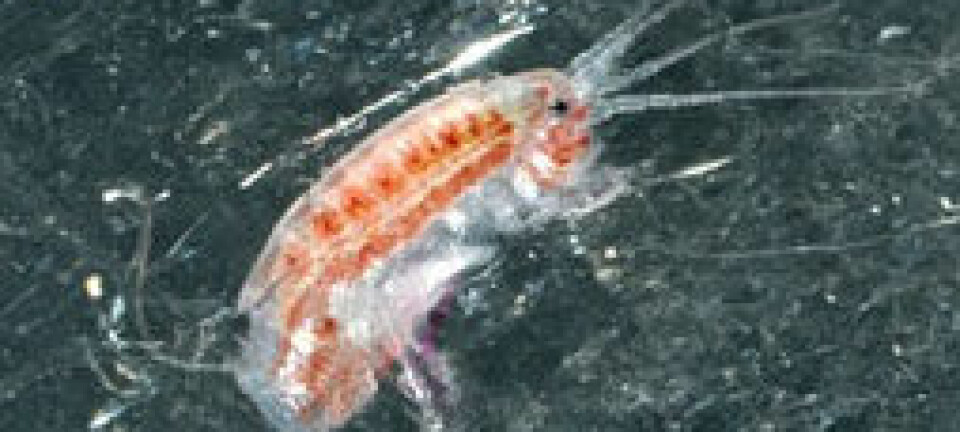An article from Norwegian SciTech News at SINTEF

Getting broadband in the Arctic
Is it really possible to get broadband coverage in the Arctic? "Yes, indeed!", say Norwegian companies and research centres, who are currently looking into how they can make it happen.
Denne artikkelen er over ti år gammel og kan inneholde utdatert informasjon.
A meeting was held recently, attended by representatives from Telenor, the Norwegian Space Centre and the SINTEF company MARINTEK and a number of potential users of an Arctic broadband system, in order to mark the start of a project which has been given the name "ASK" (a Norwegian abbreviation of Arctic Satellite Communications).
Recommended by government
The project's aims are in line with the Norwegian government's recommendations linked to its Arctic Policy Strategy. Effective broadband coverage is vital to all activities currently being planned for the Arctic region.
Activities such as oil and gas production, search and rescue operations, as well as communications for the ever-increasing shipping traffic in the area, are dependent on an effectively functioning broadband network capable of transmitting relatively large volumes of data.
"The systems we operate with today work relatively well in latitudes up to 75 degrees North", says Beate Kvamstad, project manager and researcher at MARINTEK. "Further north, we lack systems which are both stable and which can handle large volumes of data", she says. Kvamstad is responsible for the user requirement analysis which forms the basis of this technological development. She highlights the many motivating factors behind efforts to establish a broadband network in the Arctic.

These include the increasing number of reporting requirements linked to the fisheries industry; the monitoring of loads using sensors and video; state-of-the-art environmental monitoring; an increasing need to maintain an overview of advanced offshore operations; telemedicine; and the increased use of remote control systems for activities such as towing operations from the mainland.
After the user requirement analysis there will be a system specification development phase, followed by a tender process with the aim of obtaining prices and other information from potential suppliers. This will form the foundation for a business plan which will tell us something about the feasibility of the project. The work of sorting through the various technology options is already underway.
The most promising option appears to be a system based on two satellites moving in highly elliptical polar orbits. Two satellites will be adequate to provide continuous coverage. Researchers are also looking into the potential of seamless transition or so-called "roaming" between geosynchronous satellites above the equator (GEO) and highly elliptical and polar satellites (HEO).
Norway's responsibility
It is no coincidence that these developments are taking place at Norwegian research centres. As much as up to 80 per cent of shipping traffic in the Arctic takes place within areas involving Norwegian interests. Norway is also the biggest player in terms of Arctic oil and gas production. This is an industry which requires enormous network capacity.
"With this in mind we have a national responsibility to develop such a system", says Hege Lunde, project manager at Telenor Satellite Broadcasting. "Our objective is to create a seamless transition between the geostationary satellites currently operating in the Arctic, and the new systems we aim to develop", she says.
"Users will be able to employ identical equipment to receive broadband regardless of their location in the Arctic region. The capacity will be sufficient to provide the same type of services the users are accustomed to further south."
All pulling together
However, this project will require a sound funding strategy. Current cost estimates are between 2 and 3 billion Norwegian kroner. Lunde emphasizes that these estimates have been arrived at on the basis of cautious calculations, assuming development of a pure broadband network.
"In making these estimates, we have employed cautious and focused requirements and have removed the most cost-intensive special functions" says Lunde, who further emphasizes that the need for a broadband network in the Arctic is based on the demands of both private and public sector organisations.
"This is why we believe it is necessary that a wide range of organisations contribute towards funding the project. We must all pull together", she says. She adds that Telenor Satellite Broadcasting will be launching a completely new satellite, called THOR 7, in the summer of 2014.
This will be Telenor's first satellite with a payload entirely dedicated to maritime activities. Experience from this project will be of major significance to the development of the new Arctic broadband network.


































